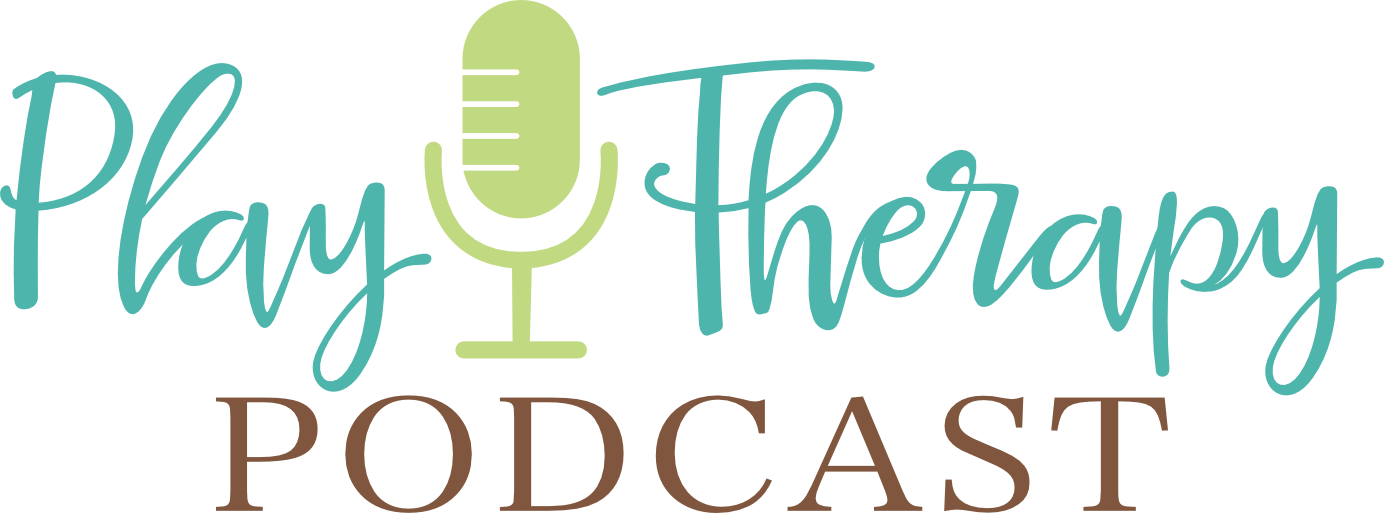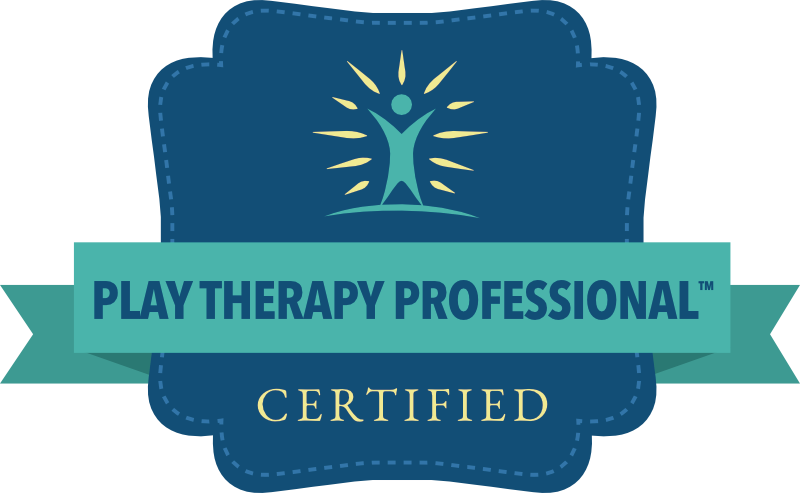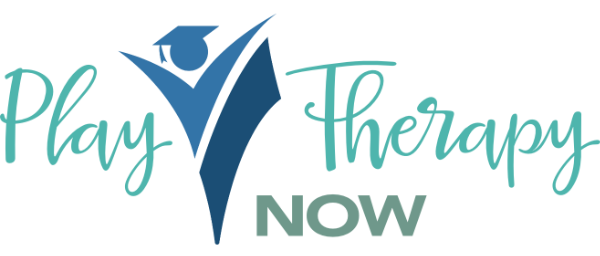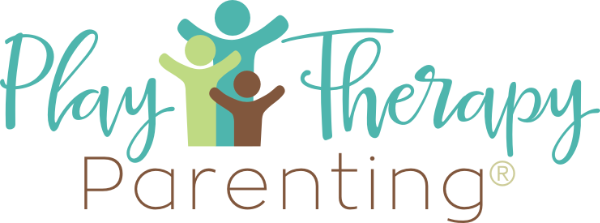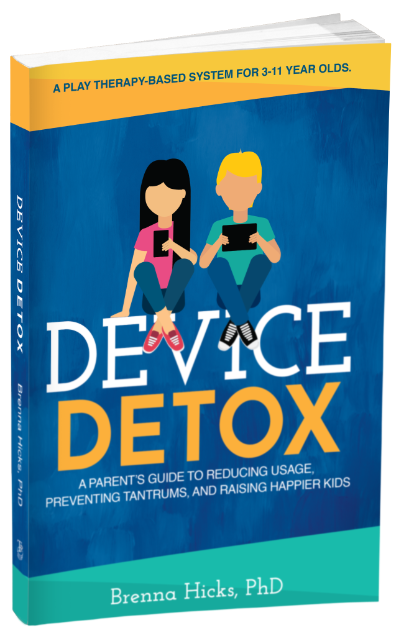Environment and Expectation Changes in a Child-Centered Play Therapy Playroom
In this episode of the Play Therapy Podcast, I respond to Nneka from England, a returning listener who recently transitioned from being a mobile therapist to setting up a permanent play therapy space. Nneka asks about how to handle the shift in dynamics when children are used to playing outdoors during mobile sessions but are now expected to remain in the playroom. I explain how to establish new expectations while maintaining the child-centered play therapy (CCPT) model.
I provide guidance on setting “pseudo limits” to help children adjust to the change, reflecting their feelings, and transitioning to play that remains within the playroom. It’s important to acknowledge the shift without making children feel like their previous experiences were wrong, allowing them to understand that the playroom is the new environment for their sessions moving forward.
Sign up for my exclusive newsletter at playtherapynow.com. Stay ahead with the latest CCPT CEU courses, personalized coaching opportunities and other opportunities you need to thrive in your CCPT practice!
If you would like to ask me questions directly, check out www.ccptcollective.com, where I host two weekly Zoom calls filled with advanced CCPT case studies and session reviews, as well as member Q&A. You can take advantage of the two-week free trial to see if the CCPT Collective is right for you.
Ask Me Questions: Call (813) 812-5525, or email: [email protected]
Brenna’s CCPT Hub: https://www.playtherapynow.com
CCPT Collective (online community exclusively for CCPTs): https://www.ccptcollective.com
Podcast HQ: https://www.playtherapypodcast.com
APT Approved Play Therapy CE courses: https://childcenteredtraining.com
Twitter: @thekidcounselor https://twitter.com/thekidcounselor
Facebook: https://facebook.com/playtherapypodcast
